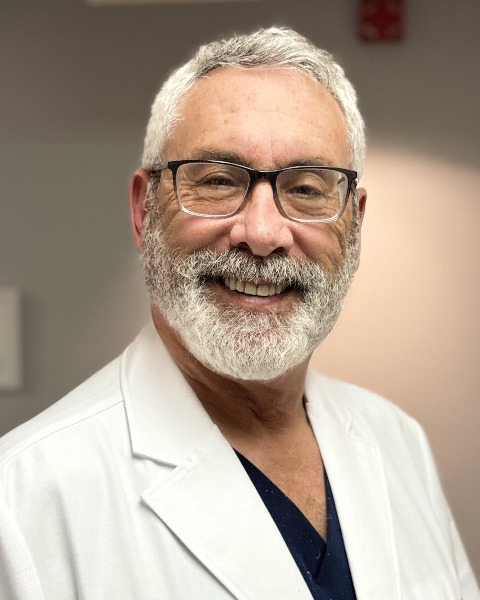Career Preparation/Advancement
043IC - Workplace Safety and SecurityActive Shooter - Violent Encounter / Cyber Threats / Work and Home
-

Sheldon Marks, MD (he/him/his)
University of Arizona College of Medicine
-

-
JP
Instructional Course Director(s)
Instructional Course Faculty(s)
Course Description: Our world has changed, and especially now doctors, hospitals, their staffs and patients are at ever-increasing risks of unexpected violence from angry and disgruntled patients at work or at home.
Urologists are one of the most targeted specialties, whether from patients or their loved ones upset over perceived or real undesirable outcomes from surgery or anger from delayed, denied or fragmented care.
The course will teach lessons-learned tools to prevent and deal with threats which transcend age, gender, race and education, and are an ever-present risk whether at the office, a shopping mall or out at a restaurant with friends or family.
The AUA has a responsibility to our members to provide proactive leadership to address these unpleasant risks and provide lessons-learned skills and resources for these real threats to their employees, colleagues and patients to prevent and, if needed, prepare for any violent encounter.
As a urologist and 21-year member of the Tucson Police SWAT team, I have given this talk to many thousands at public, government, hospital and private FBI courses, including to many physicians and nurses. This has been a required course to graduating the University of Arizona RN program.
This will be an interactive, video-intense course to include real-world stories and examples, step-by-step recommendations and guidance recommended by the FBI, Secret Service and other police and psychiatric resources.
The course is a bottom-up program designed to empower the audience with event-driven, experience-proven concepts and guidelines from active shooter events with the primary goal of preventing an event at work or with family.
This course to be given by myself, a nationally recognized FBI-trained hostage rescue policewoman and a senior FBI Special Agent on Cyber Threats.
Urology Practice/Workplace Safety and Security
1. Legal and ethical liabilities of potential workplace threats
a. Negligent failure to plan/train
2. Empowering and training staff and leadership to prevent workplace violence
3. Physical office, surgery center and hospital vulnerabilities and security
a. Physician, staff, practice at-risk behaviors, patterns
4. Profiling the “bad guy”—who does this and why?
5. De-escalation of the angry patient
a. Active listening skills
6. Active Shooter/Violent Encounter training
a. “Run, Hide, Fight” —what works, what does not
b. When police arrive Do’s and Don’ts
c. After the event, psychological response and recovery
7. Cyber Threats and Protection—Virus and Ransomware
a. Cyber security—evolving threats, Do’s and Don’ts
8. Resources—Internal and External
a. Society, law enforcement, federal, state, local, private sector
Learning Objectives:
- Perform physical and cyber risk assessment and threat reduction at place of work, home and when in public.
- Create crisis plan using resources provided and local/federal appropriate customized protocols for workplace violence and cyber for work and office.
- Employ tools for empowering employees and management to be aware and activate the system if any concerns are noticed.
- Develop active listening skills to talk down upset or angry patients.
- Practice “run, hide, fight” in training at work and at home.
- Involve colleagues and staff in cyber-safe behaviors with awareness of cyber weaknesses.
